Adventure travel is like a camel: easy to recognise, hard to define. So the story goes of a traveller’s encounter with a lumpy animal in the desert. She knows what a camel is. Her friends back home understand what she means by ‘a camel’, but try describing one and you’ll find yourself at a loose end. More to the point of our parable, was the guided desert dune safari she booked really an adventure, or imitation sold to gullible tourists?
Adventure travel is one of those things that seems obvious until questioned. Bungy jumping in Queenstown, sounds adventurous. Cycle-packing the length of Patagonia, pretty adventurous. Camping above the arctic circle, that’s an adventure for someone. I know it when I see it, you might say. Adventures are the stuff of story books. You’re not going to read a paperback about someone who checks into a seaside resort and doesn’t leave the sun lounger.
Adventure is defined in the Oxford English Dictionary as something “unusual, exciting or [possibly] dangerous”. However, when you look up “adventure tourism” you’ll encounter a contradiction in terms. Adventure is something personal. Not usually shared by a coach-load of holidaymakers.
Adventure
Oxford English Dictionary; Third Edition, 2011
/ədˈventʃər/ [countable] an unusual, exciting or dangerous experience, journey or series of events.
As an experience that is supposed to be beyond the norm, do more people visiting a destination make it any less adventurous? The determination of the tourism industry to manage risk means that any hint of danger that remains seems ironic. Anyone visiting Antarctica 100 years ago could not be certain of returning. Today tourists come back with tote bags and penguin souvenirs.
Adventure travel is an elusive thing. You find yourself describing a moving target. Always chasing the new, looking for the next thing. Just when a place or activity finds itself in the spotlight the adventure travel trend has travelled on.
Despite the difficulty in describing it, adventure travel remains one of the fastest growing areas of travel. According to the Adventure Travel Trade Association the industry was worth over US $400bn last year, with its Goretex-clad clientele paying well above the odds for a trip of a lifetime. It’s no accident there are travel companies springing up across the globe with the promise of adventure.
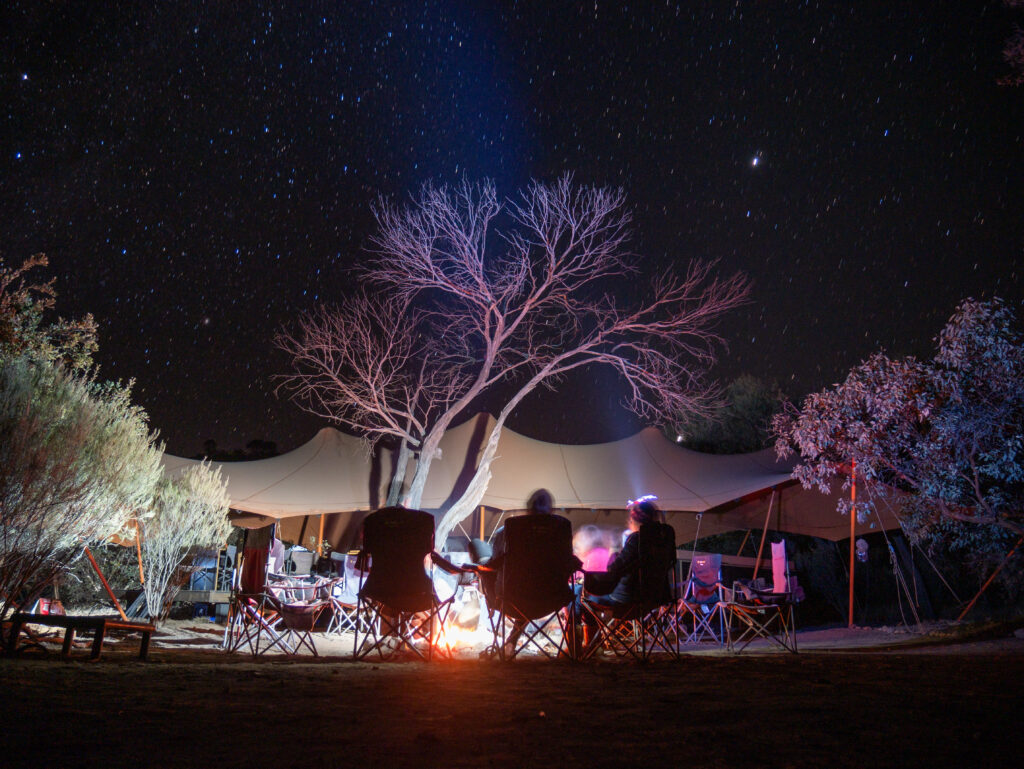
What makes adventure travel an adventure?
Are you somewhere exciting? Are you setting out to do something new?
Stop! You may be on an adventure.
If you need help working out if the trip you’re taking is an adventure or another package holiday, you’re in the right place.
Adventure destinations
Off to deepest darkest Peru? Exciting but not necessarily an adventure. The destination is an important factor for adventure travel but it’s not all location, location, location. Going back to the definition of adventure, if you’re off somewhere “unusual and exciting” you could very well be an adventure tourist. Though these terms carry some subjectivity. If you’re booked somewhere inherently “dangerous” – featuring live volcanoes, sub-zero temperatures, or self-drive tuktuks – that also greatly increases the odds that you’re on an adventure.
However, a far better determiner of whether you are a budding adventure traveller is the next section: what you’ll do when you get there.
Adventure activities
Anyone reading an adventure travel brochure will be aware that it’s all about action.
Skiing in Siberia. Abseiling in Azerbaijan. Lama trekking along the Limpopo. All could be leading ads in Outdoor Adventure Magazine. Choosing the activity is almost as important as choosing the operator to go with. After all it’s them who will be taking you and your life in their hands. When working out which mountain guide, dirt buggy driver or fixer it’s worth checking their service history. If they’ve taken hundreds of other guests on similar trips, it’s a good sign. Better still is if you’ve had a guide recommended or met some of their previous guests.
Nasa astronaut Alan Shepherd famously said “a good landing is any landing you are able to walk away from.” Though you might want better bona fides from your bungy jumping outfit.
It pays to research your options, even when going with an off-the-peg group tour or adventure operator. Preplanning takes no authenticity away from your journey.
Adventure is intentional and enjoyable. Misadventure is accidental and chaotic. Being guided to the summit of Kilimanjairo is a thrill. Being stranded in the Serengeti, without a clue, is not.
This takes us nicely to the final step of our adventure FAQs.
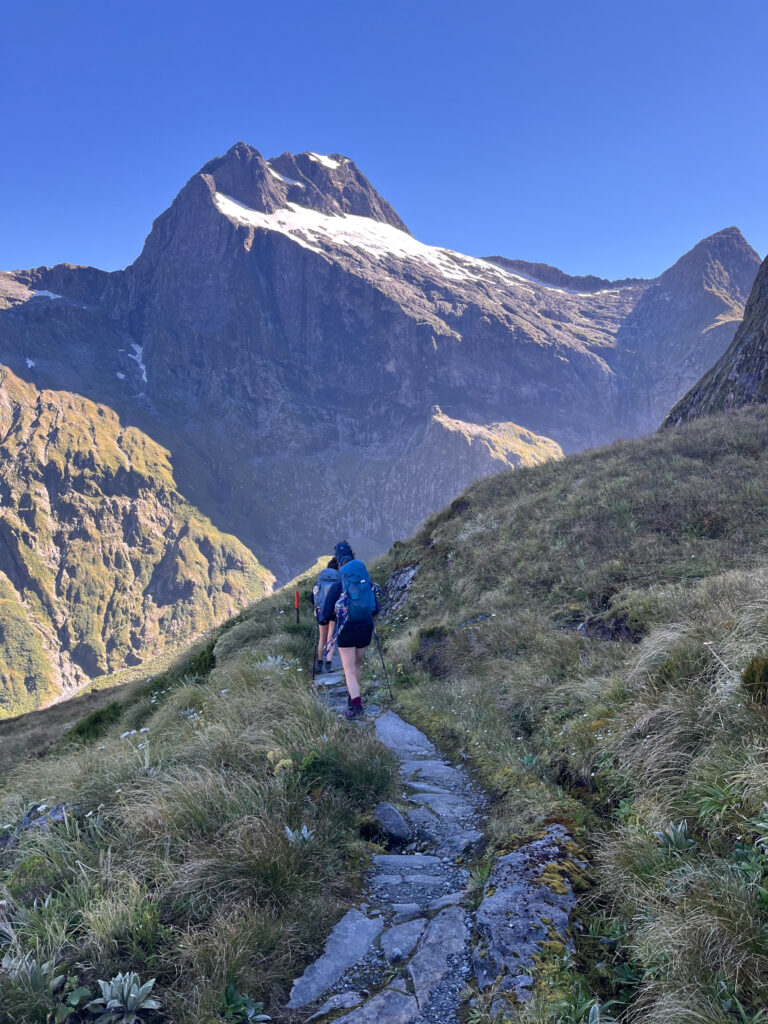
What’s the objective?
It’s a question you’ll hear around the camps of mountaineers and read in the climbing logs of grizzled alpinists.
Mountaineering – an objectively adventurous pursuit – is obsessed with objectives. General objectives. Objective hazards. Objectionably complex jargon. You don’t need to be scaling K2 via the Black Pyramid to benefit from having an objective.
In essence all that planning an objective asks is “what do you want to do?” and even “why do you want to do it?” Because often having an objective is what separates an adventure from a novelty holiday. Perhaps you’re hiking to the end of the Inca Trail to finally see Machu Picchu in person, two decades after an illustrated atlas moved you to ask “where’s that?” Maybe you’re off to find the island your great grandfather was lighthouse keeper. If there’s a purpose that’s moving you out of your comfort zone, it’s far more likely you’re heading out on an adventure.
An adventure is always a personal journey. That being said, your ego trip into the unknown is often an encroachment on someone else’s every day.
Adventurous art prints from your favourite wild places
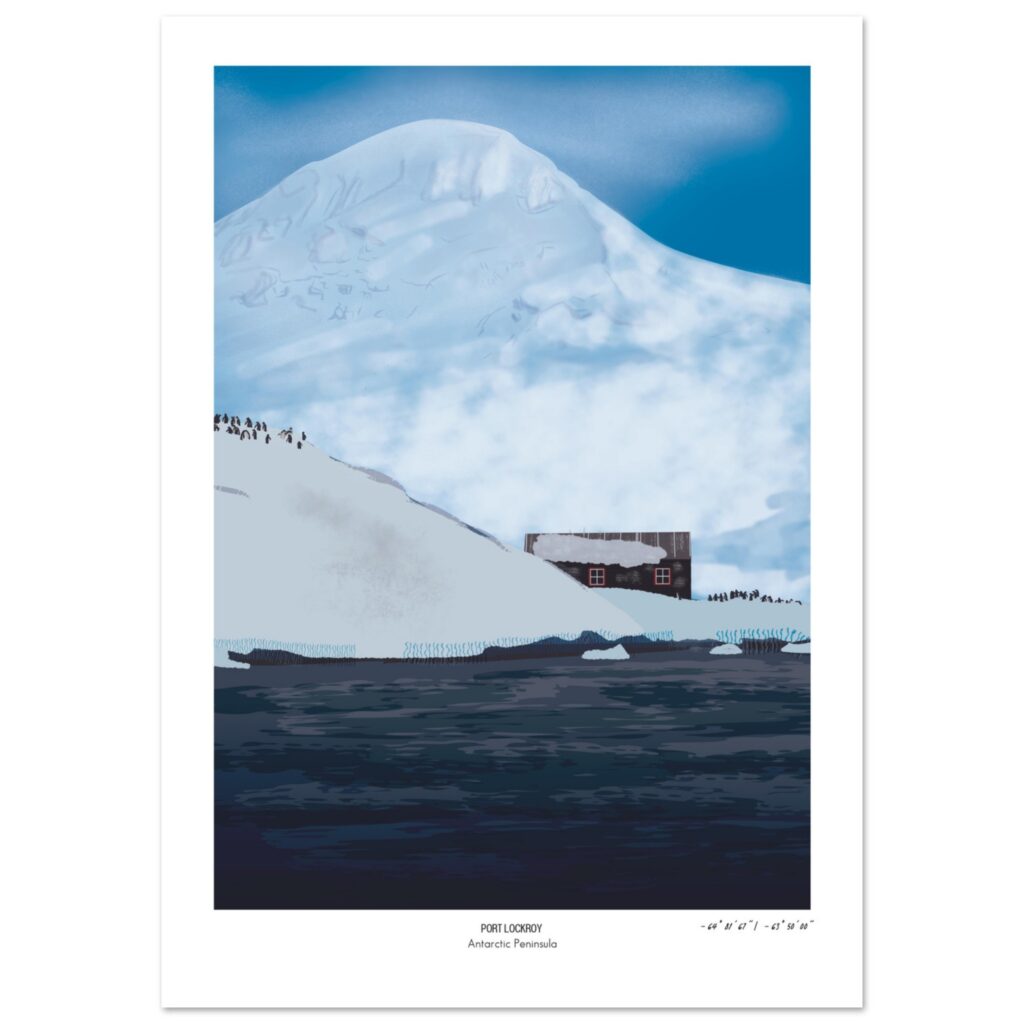
Port Lockroy Antarctica fine art print
£14.57 – £38.29

Mt Brown Hut, New Zealand fine art print
£12.13 – £31.88
With tourists – sometimes literally – being helicoptered into a destination, some tours have little consequence or sometimes are directly harmful to the places being visited. The dangers of over tourism and over development have become talking points in the travel industry. As an activity that takes place in the remoter and more fragile parts of the globe, adventure travel has a danger of causing outsized impact.
By its nature adventure travel relies on local support and infrastructure far more than a trip to a resort, operated by some overseas hospitality conglomerate. Several tour outfitters have come up with ratings systems such as G-Adventures’ “Ripple Score” to try and show the proportion of a guest’s fee that stays in the local community. Your adventure objectives should always be secondary to the considerations of the locals. Sharing your objectives with the communities you are visiting is only fair. If you’re not there with their blessing, you’re an invasion.
Real adventure should have real benefits, not only for the traveller but the places and people they visit.
If you follow these steps you may be well on the way to your goal. In the end adventures are the holidays that you not only remember best, but other people want to hear about too. If you are asked follow up questions to “how was your holiday?”, chances are, you were on an adventure.
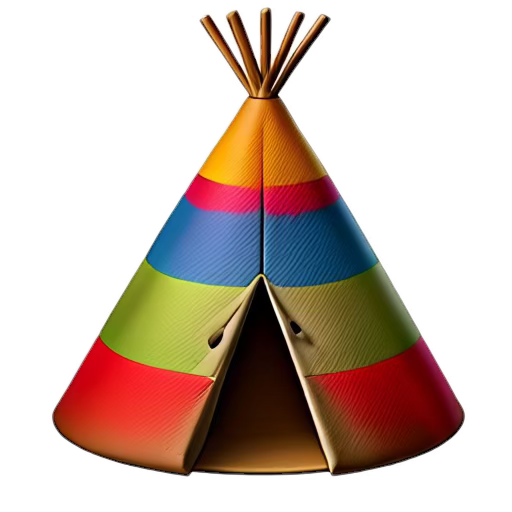
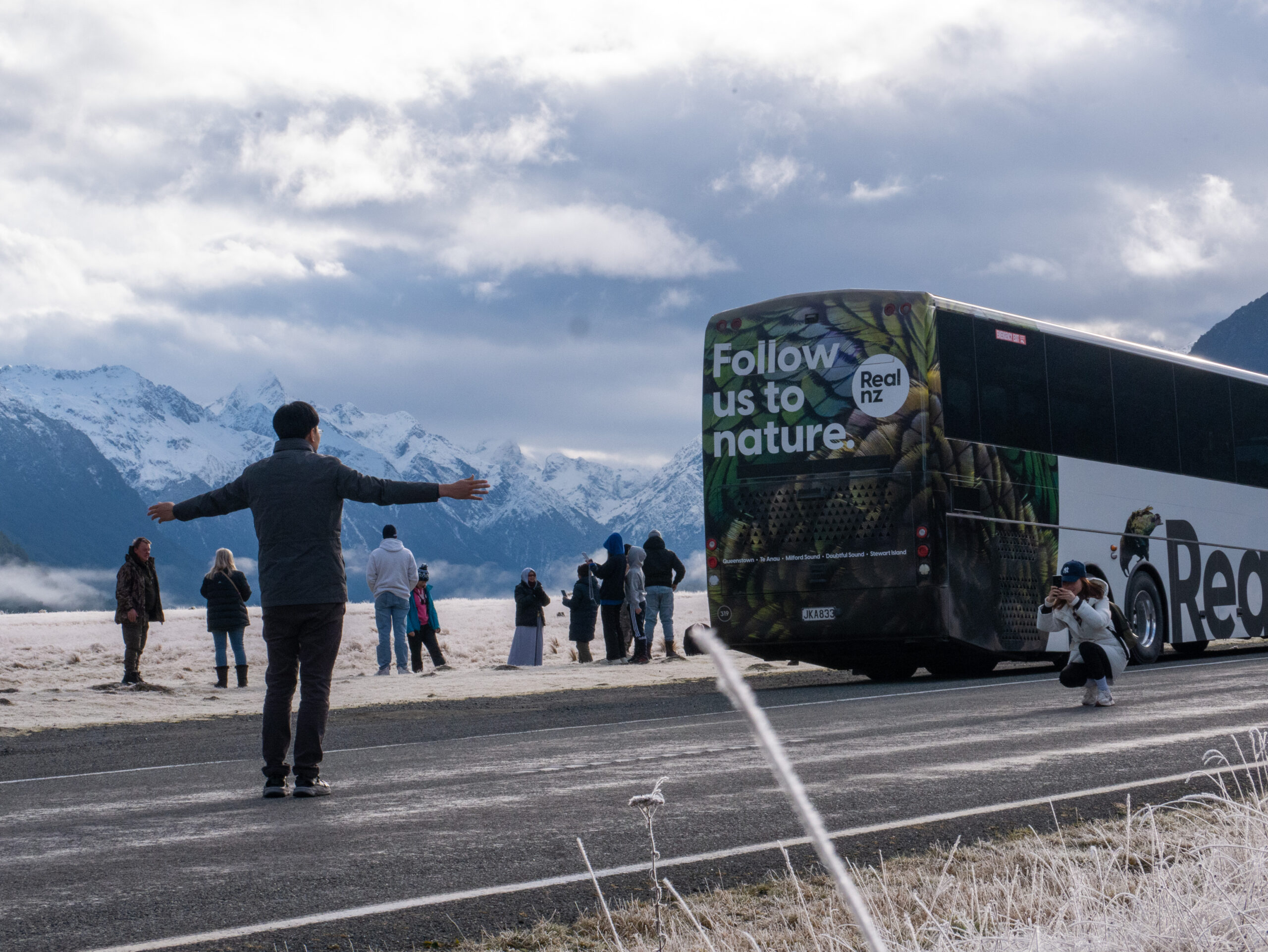
Leave a Reply